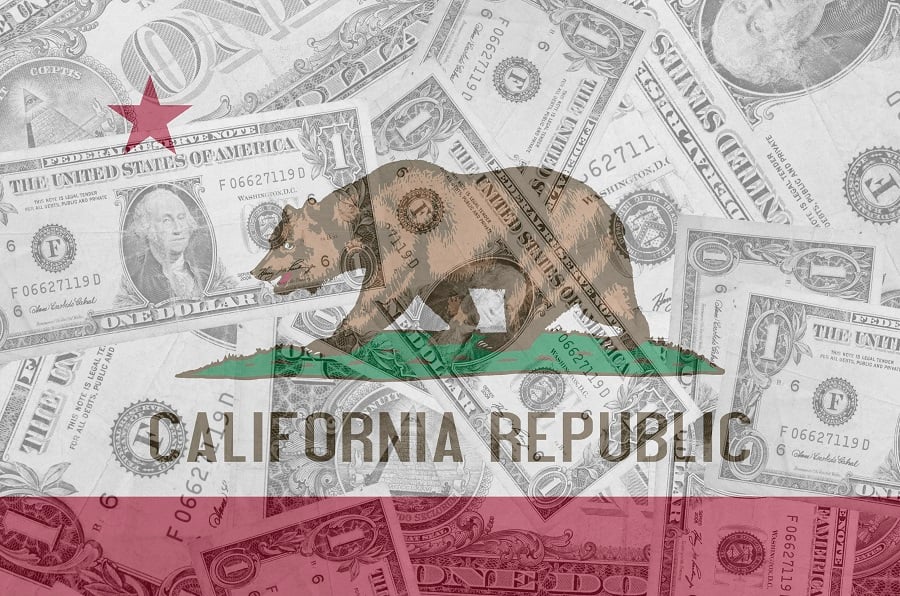

Registrations for California’s retirement savings program are surging as the final compliance deadline, for businesses with five or more employees and no retirement plan, occurs Thursday.
"More than 3,000 employers per day are joining CalSavers in the lead-up to the deadline,” Katie Selenski, executive director of the CalSavers Retirement Savings Program, said in a statement.
Already more than 87,000 employers have registered for CalSavers, according to California’s State Treasurer’s Office. Another 95,000 employers have responded to report their exemption, some of which represents new private plan formation while the rest may be preexisting plans that weren’t documented in the federal database of plans used to “preclear” known plan sponsors.
To date, participants have saved more than $225 million across 275,000 funded accounts, according to the State Treasurer’s Office.
"This is a giant step toward ensuring all Californians have a way to save for retirement at work," said California State Treasurer Fiona Ma, who chairs the CalSavers Retirement Savings Board.
Employers are legally required to join and are subject to penalties if they don't. Noncompliant employers will face penalties beginning at $250 per employee, rising to a total of $750 per employee for sustained noncompliance. Enforcement actions and financial penalties are underway for larger employers that missed their deadlines in 2020, for businesses with 100 or more workers, or 2021, for those with 50 or more employees.
"As one of the first of its kind programs, CalSavers is demonstrating its value in meeting the needs of small businesses and their workers. Employer satisfaction is high, more than two-thirds of enrolled workers choose to save, and we also know this helps boost their feeling of financial security," said Angela Antonelli, executive director at Georgetown University’s Center for Retirement Initiatives.
Nearly half of California workers are on track to face economic insecurity in their retirement, and most of the state’s private-sector employees lack access to a retirement plan at work, according to the Treasurer’s Office. California passed legislation in 2012 establishing an automatic enrollment retirement policy for private sector workers who lack access to work-based retirement plans, making it the first of many states to do so. The program launched fully statewide on July 1, 2019.

While industry statistics pointing to a succession crisis can cause alarm, advisor-owners should be free to consider a middle path between staying solo and catching the surging wave of M&A.

New joint research by T. Rowe Price, MIT, and Stanford University finds more diverse asset allocations among older participants.

With its asset pipeline bursting past $13 billion, Farther is looking to build more momentum with three new managing directors.

A Department of Labor proposal to scrap a regulatory provision under ERISA could create uncertainty for fiduciaries, the trade association argues.

"We continue to feel confident about our ability to capture 90%," LPL CEO Rich Steinmeier told analysts during the firm's 2nd quarter earnings call.
Orion's Tom Wilson on delivering coordinated, high-touch service in a world where returns alone no longer set you apart.
Barely a decade old, registered index-linked annuities have quickly surged in popularity, thanks to their unique blend of protection and growth potential—an appealing option for investors looking to chart a steadier course through today's choppy market waters, says Myles Lambert, Brighthouse Financial.
